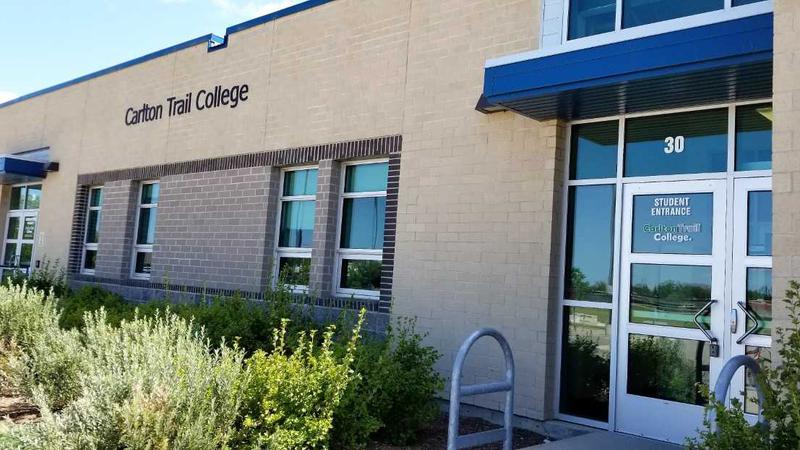
Experts dispute Sask. police’s description of latest fentanyl doses
Public health experts and safe consumption sites are sounding the alarm about the term “naloxone-resistant fentanyl.”
The RCMP and the Saskatoon and Moose Jaw police services all put out statements this week warning the public about what they called a “naloxone-resistant fentanyl” making the rounds.
Elaine Hyshka, an associate professor at the University of Alberta’s school of public health, said this just isn’t true.
“There’s no such thing as ‘naloxone-resistant opioids’ or ‘naloxone-resistant fentanyl,’ ” she said.


